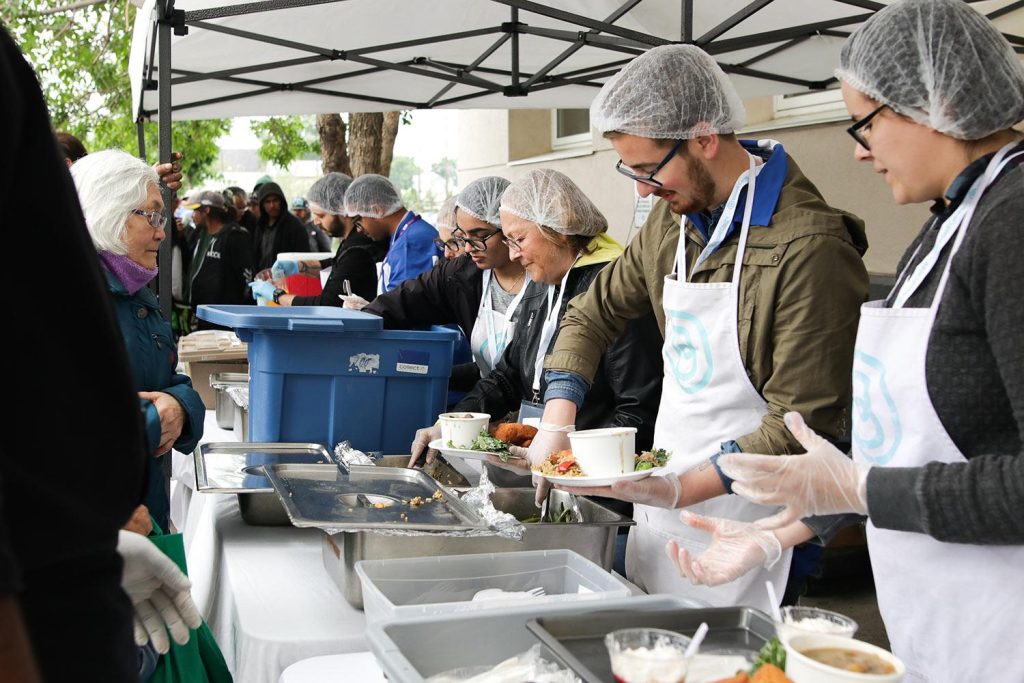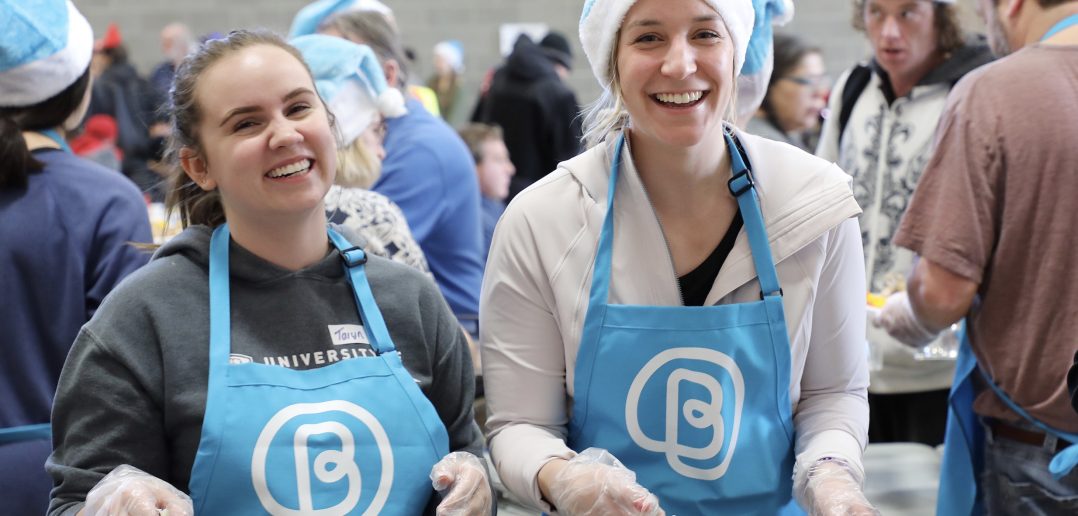Recently, we sat down with Jakob Koziel, Senior Research Analyst at Bissell Centre. During their conversation, Jakob highlighted some of the work Bissell Centre is doing to eradicate poverty in Edmonton and how SAS is helping them move their mission forward.
Question: Give me a little bit of background on the Bissell Centre
Jakob Koziel: Bissell Centre is in the center of Edmonton, Canada and is over 100 years old. We offer a variety of services to low-income and homeless community members, including childcare, drop-in services and a host of programs centered on topics like employment, financial empowerment and more.

Q: Tell me what your responsibilities are.
Koziel: As a senior research analyst, one of the ways I like to describe my job is that I’m responsible for amplifying the voices of our programs and community members. Often, stakeholders and government officials prefer to speak data. So, for them to be able to believe in the programs we’re working on, we need to have the data to back them up. As data scientists, I see amplification as a crucial part of our jobs.
Q: How do you collect data in your role?
Koziel: We collect data in a variety of ways. One of the main avenues is our intake assessment, which we call the Self-Sufficiency Matrix. We measure an individual’s self-sufficiency in six domains: housing, employment, financial well-being, support network, mental health, and physical health. Based on their scores, we refer them to the appropriate programs. During the intake process, we also collect qualitative data like case notes, demographic information, and program-specific information. Then, we follow up with them at three-, six-month and nine-month intervals to measure the impact we’re having in their life. Additionally, we collect data from interviews with participants during program evaluations.
Q: What inspired the team to look at SAS as a technology vendor and help address some of these challenges you were facing?
Koziel: I used SAS® before I came to Bissell Centre throughout grad school to finish my thesis and link datasets. I knew I wanted to introduce the team to SAS when I joined Bissell Centre.
Software aside, the second thing that impressed me about SAS was the people. Nick Sandy (our SAS contact) is an incredible friend and supporter of our department and the community from SAS has been unbelievable. The support I’ve been getting is unparalleled to the support that I’ve gotten from any other company. I think the people were ultimately the biggest reason we turned to SAS.
Q: How important is it that you can put trust in the results of your analytics?
Koziel: It’s extremely important because a lot of the data that we analyze goes straight to government officials. City councilors and funders at the federal, provincial and local levels rely on this data to make decisions. Having accurate results is critical to be able to continue to receive funding.
Q: Talk to us about how your use of SAS and analytics, in general, helps you be creative with data and tell stories.
Koziel: For one, it has allowed us to do simple pre/post analyses. Being able to show people data about where someone’s mental health was when they first came to Bissell Centre, compare it to average mental health and then chart where they’re after three or four months of intervention has been huge. Seeing data like that has raised a lot of eyebrows in stakeholder meetings.
For example, in one of the analyses, most individuals who came in were in some ways in crisis or vulnerable with their housing. When we followed up, most of their scores were at five, the highest anyone can score for housing stability.
So, they went from being in crisis to thriving after three to six months of intervention. The data doesn’t lie. Even if it’s not fancy statistical modeling, it’s really telling the simple story that most people who come in can end up thriving in their everyday lives.
Q: What are you most excited about when you think about what you can achieve here at the Bissell Centre for the community?
Koziel: Oh, the sky’s the limit. I’m so excited when I think about where we’re headed. There’s an overwhelming amount of data we still haven’t touched yet.
One of the projects I was most excited about last year came up through our participation in our first SAS Hackathon. When a community member comes in, we capture their case notes as a part of their intake. Bissell staff members often write qualitative case notes about the individual, like where they’re coming from, what services they need, and the issues they are currently experiencing in their everyday lives. Until last year, that data point was largely untouched. The 2022 hackathon gave us the opportunity to dive deeper into those text case notes and come up with some interesting groupings to give more insight. Moving forward, we’re hoping to expand on this type of work.
Q: What led you to participate in this year’s hackathon?
Koziel: We had a great experience in last year’s hackathon and we learned so much from it as an organization. That was the biggest reason we decided to participate again this year, but selfishly, I wanted to participate again because of how much I learned. Before last year’s hackathon, I knew nothing about text analytics or text modeling, and the hackathon gave me the opportunity to expand my knowledge with SAS® Visual Text Analytics. Seeing its impact on Bissell Centre and our ability to understand and analyze our case notes was great.
Q: What would you say to encourage other folks to participate in the hackathon?
Koziel: The biggest thing I’d reiterate is how much you’ll learn. It probably would’ve taken me a year to learn what I learned in a month at the hackathon about text analytics and text modeling. During the SAS Hackathon, you only have a month to do your project. You’ll be able to go and do things you wouldn’t have beforehand if you had access to some of the tools, like the machine learning and text modeling tools in SAS® Viya®.
Q: How do you see your use of analytics evolving as you move forward?
Koziel: As our sample sizes grow, so do our data capabilities. So, before implementing our updated data processes, we had small sample sizes and we were missing data. But now, as we’re starting to hit the ground running with a solid data culture at Bissell Centre, people are recognizing the value of data. So, with the growing culture and increased data points, we’re able to dive into things like statistical modeling and predictive analytics.
Q: What advice would you give to other nonprofits to start on a journey of better understanding their data?
Koziel: My encouragement to other agencies would be that data can tell a story you always wanted to tell. Data is a powerful language. With SAS, we’re able to go to places we didn’t think we would be able to go, and we’re able to tell stories that we didn’t think we could tell.


